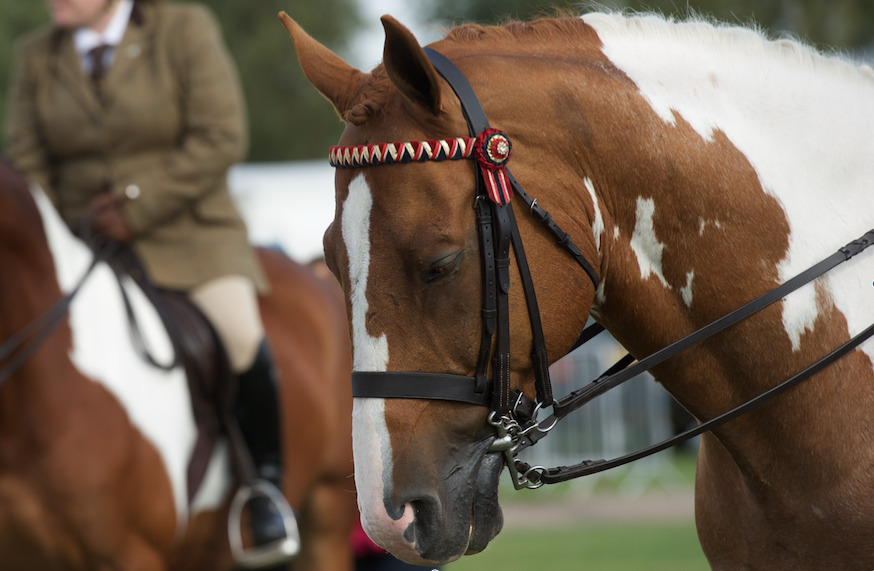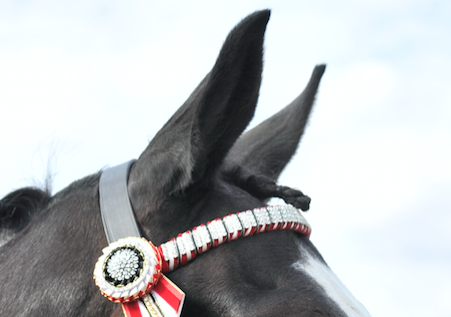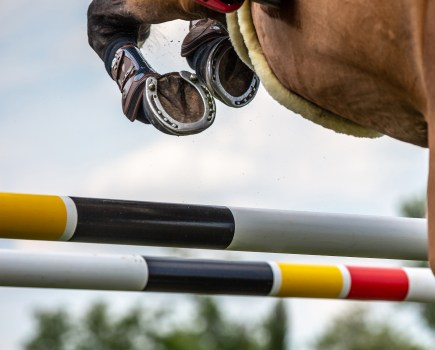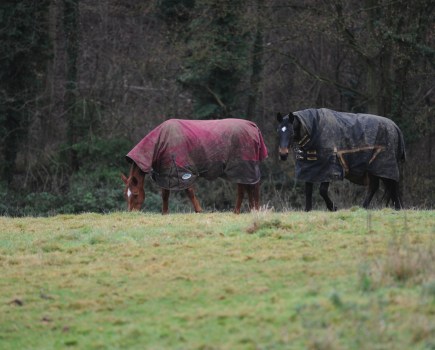The term poll pressure is widely used, but do you really understand what it means and how it could potentially be hindering your horse’s way of going?
We join forces with Neue Schule (NS) to help you understand exactly what it means.
Poll pressure is a way of communicating with your horse to ask him to lower his head and neck position, as well as creating flexion to the left or right.
It sounds simple, but have you ever considered that the tack you use may have a huge bearing on how much poll pressure your horse is subjected to and that it could even be stopping his training progressing?
With the help of NS’s Product Specialist Lucy Walton, here we’ll help you understand what poll pressure is and how to ensure your horse is as comfortable as possible.
What is poll pressure?

Put simply, poll pressure is the force applied to your horse’s poll through his bridle. This pressure will vary depending on the type of bit you use and when and how much contact you have on your reins.
“There will be a degree of pressure applied to the poll before you even pick up your reins,” explains Lucy. “This is simply down to the weight of the bit in your horse’s mouth putting tension on the cheek pieces and, in turn, on the headpiece and poll.”
Once you actually pick up the reins, two things can then happen.
- The action of the bit lifts the cheek piece up, reducing the tension and alleviating the poll pressure
The action of the bit pulls the cheek piece down, increasing the tension and creating more poll pressure - Whatever pressure you put though your reins, remember that this pressure has to go somewhere. Depending on the bit, this force can be split between the tongue, lips, poll, bars, chin and nose.
Levered bits, or bits with a pulley action, such as a loose ring, increase the amount of pressure that can be applied to your horse’s poll from your rein aid.
Is poll pressure good or bad?
The debate on whether poll pressure is good or bad depends on your horse’s preference and your approach on using the poll as a point of communication.
“Most bits that you’d consider to be at the stronger end of the bitting spectrum use an increased degree of poll pressure so you can maintain control,” says Lucy. “As long as these bits are used correctly, they’re actually likely to be more comfortable for your horse.”
For example, taking one or two checks on a bit that applies increased poll pressure as you fly around a cross-country course is much kinder overall than hanging onto a bit that uses less poll pressure for the whole course.
If you ride in a snaffle and have to maintain a high level of rein tension the whole way round, it’s likely your horse’s lips and possibly tongue will be cut, rubbed or bruised by the time you finish.
Poll trouble
The following signs could indicate that your horse is tight in his poll. Have a chat with your trainer, check the fit of your bridle, assess the bit you’re using and ask a physiotherapist to check him over if:
- He feels heavier in one rein than the other
- He resists bending in one direction
- He’s reluctant to step through from behind
- He’s started to refuse jumps
- He’s resistant to being touched on or around his poll. He may raise his head or step away









